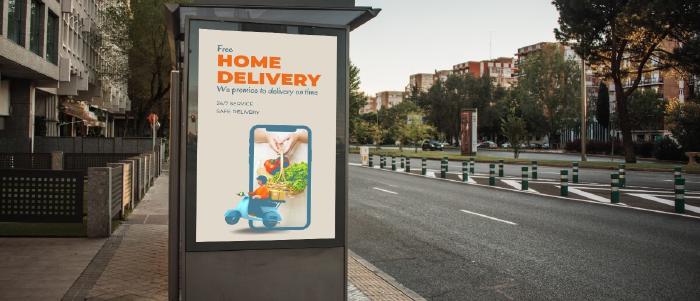
Oct 18 2022
10 min read


Oct
If you’ve ever found yourself drawn to a massive digital screen displaying captivating advertisements, congratulations! You’ve encountered a digital billboard—a phenomenon that 71% of the population finds effective at capturing attention.
These high-tech screens are revolutionizing traditional advertising by adding an element of engagement and excitement. Unlike static billboards, they don’t simply exist; they come to life with vibrant displays and dynamic messages. But what makes them tick?
This article jumps into the intricacies of this advertising tool, offering a comprehensive understanding of it. Let’s go!
Digital billboards are large format displays used primarily for outdoor advertising. It’s a type of digital-out-of-home advertising tool that can appeal to a large population and is, therefore, chiefly found in places with high public footfalls.
These displays can be remotely controlled using a screen management software. These software allow changing content in real time, eliminating the need for physical interactions with the hardware.
Unlike traditional billboards, their electronic counterparts are several times more efficient in grabbing the passerby’s attention. You can quickly update the content, launch large-scale ad campaigns across multiple locations, play dynamic videos, and live media, and even make the billboards interactive.
Billboard advertisers have seen a massive increase in numbers thanks to the boom of digital outdoor media over the last few years. But this isn’t the sole contributor. Billboard advertisers earn an average of $5000 per location at the lowest end on leasing out their space (more appropriately screens). The numbers can go up higher depending on the type and location of the billboard.
Check out: Pickcel’s digital Out of Home (DOOH) solution
Outdoor digital billboards come in all shapes and sizes. Let’s see a few of the most popular types.
1. Flat-screen LED billboard
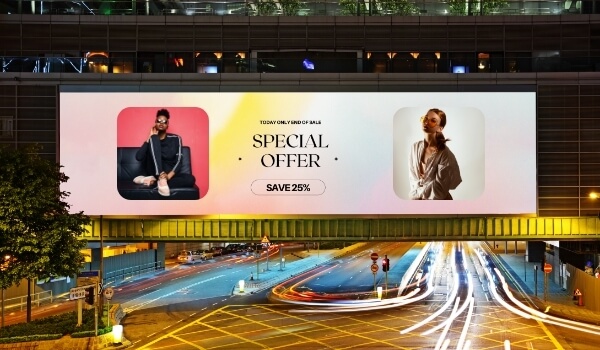
The typical guy we see at all crossroads, skywalks, and bridges!
These electronic displays use an array of light-emitting valves as pixels with an auto-adjusting brightness technology that makes the content visible during the day and even from afar. Most digital billboards around the globe are flat-screen LED displays for advertising purposes.
2. 3D Digital billboard
3D digital display boards combine 3D technology with conventional signage players. These combine two images of an object taken from distinct angles and put them together, making our left and right eyes perceive the visual as one with more depth.
3D digital boards have found success across marketing channels; these are the hot-trending advertising medium!
3. Interactive billboards
If you thought billboards couldn’t be made interactive, here is a wildly creative billboard campaign that proves the innovation potential of intelligent signage systems.
On 5th March 2015, Women’s Aid installed a sentient digital billboard in the UK to raise awareness about domestic violence against women. It showed a woman’s battered face, and the longer people looked at it, the screen could sense that, and gradually the bruises cleared. In the end, the woman said thank you to the viewers.
With various motion sensors, face detection technology, and voice activation, any screen, big or small, can be turned into an interactive display.
QR code technology is another easy way to make digital billboards useful for viewers and brands alike. These QR codes aren’t just the gateway to access an interest-stirring product but a tool to analyze how many people are intrigued and spend time searching about your business or what you make! Through digital signage analytics ,companies can gather intelligence on the total number of scans and most active hours of the day, which could help you analyze how to optimize your ads!
Watch how Subway campaigned for their subs using QR codes on digital billboards:
Check this out: Make any screen interactive with Pickcel's QR code app— take your customers to landing pages or get them order online!
4. Mobile digital billboard
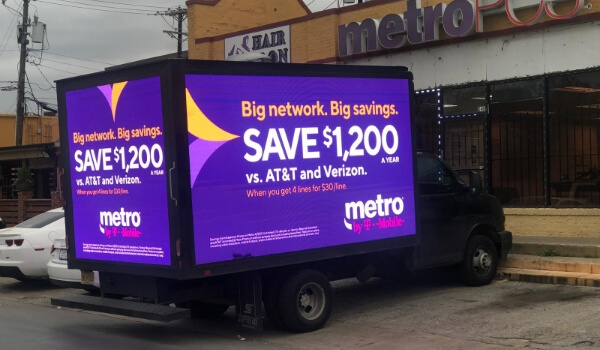
Mobile billboard trucks are fitted with digital screens on all three sides, showing up advertisements, often programmatic ads, based on the vehicle’s real-time location.
For example, in the middle of a crowded subway on a hot summer’s noon, you might spot a truck displaying great offers from the nearest cafe offering the most refreshing mocktails! Heading to your neighborhood mall for some retail therapy? Who knows when you might watch a truck taking rounds showing the latest discounts and 1-on-1 freebies at the store about a mile farther? That’s mobile digital billboards for you!
A digital billboard displays the content you have prepared on an electronic display rather than on a vinyl board. A digital billboard works using three chief components― the Hardware, the Software, and the Content.
A. Hardware
Your hardware consists of two essential components—
The digital display or screen:
The billboard screens can vary in size from 6 feet tall and 12 ft wide to 14 feet tall and 48 feet wide. As outdoor displays, digital billboards must be energy-efficient and immune to external stress factors such as harsh weather, extreme heat and vandalism. Since these outdoor electronic displays are typically placed higher up from the ground, a particular emphasis on the screen resolution is required. The average digital billboard is visible from a distance of 500 to 2,500 feet.
The digital signage player:
This is a small box connected to your display (looks like a set-top box). Just like the set-top box enables you to watch your favorite shows on your TV, a signage player drives functionalities like downloading the content uploaded in the form of images or videos and rendering the visual quality of the media on digital billboards.
B. Software
Next comes the brain of your digital billboard― the digital billboard software. This software is the content management platform that allows managing your billboard screens and publishing media files to the network.
Nowadays, most billboard software platforms are hosted online, giving admins immense flexibility to access their dashboards and remotely change the content from any geographic location.
C. Content
Finally, it is your content that rules! A digital billboard screen can show several kinds of content, such as images, social media posts, scrolling text, animations and more. Modern digital billboard software lets users publish live content like real-time weather updates, traffic updates, and news flash.
The cost of setting up a digital billboard depends on the type of screen, location, and kind of technology. Usually, 3D electronic displays cost between $1200 to $15,000/month; standard LED displays can fall in the lower bracket of $750/month.
Billboard advertisements have always caught our attention thanks to their larger-than-life appeal. But for businesses, what makes them so effective? Let’s find out!
Broader reach: Digital billboards reach out to thousands of people at any given time. With most located in busy areas such as city centers, atop bridges, and shopping malls, they are likely to be noticed by a number that your Instagram or LinkedIn post cannot reach in the same span!
Innovation with no boundaries: According to Nielson, 55% of the people who viewed an electronic billboard ad recall its content and have actively engaged with the same while doing day-to-day activities. And what made that happen? The creative genius you pull! From dynamically changing content to making your billboard campaigns interactive or showing life-like 3D pop-up ads― everything is possible with digital mediums.
Real-time changes: Static billboards must go through a whole life cycle of printing, installation, and felling every time the ad changes. Nope! No such thing is needed for digital screens. You can remotely manage the screen content and make quick changes within seconds!
Programmatic targeting: Marketing and advertisement campaigns bring 10X better results when they are personalized and highly relevant to the target audience. With advanced technology, digital billboards can be programmed to show specific content in response to specific triggers. For example, screens show a Coca-Cola ad when the mercury rises above 30 degrees Celsius.
Cost-efficiency: Digital billboards significantly reduce the recurring expenses associated with traditional billboards by eliminating the need for frequent physical changes. Although the initial setup costs of digital billboards can be high, they are offset by the ability to manage and update content remotely. For example, a national advertising campaign can be launched simultaneously across multiple locations with just a few clicks, drastically cutting down on logistics and labor costs.
Now that we understand what a digital billboard is, it will help us to decide the most efficient and sustainable choice for your outdoor advertising. Additionally, digital billboards offer significant environmental advantages over traditional billboards. For instance, the production of vinyl records in the US generates around 140 million kilos of greenhouse gas emissions annually.
The use of energy-efficient LED technology dramatically reduces power consumption, contributing to lower greenhouse gas emissions. This shift not only supports sustainability but also aligns with the growing consumer demand for environmentally responsible business practices. By choosing digital billboards, we can take a step towards both effective advertising and a sustainable approach.
Now it’s your turn!

Take complete control of what you show on your digital signage & how you show it.
Take complete control of what you show on your digital signage & how you show it.
Start Free Trial Schedule My Demo
Oct 18 2022
10 min read
![What are 3D digital billboards for advertising? [5 Examples]](/blog/images/3d-advertising-billboard/banner_hu3a52995533a2f5f6af3321531a883f0d_86539_700x0_resize_q75_box.jpg)
Sep 8 2022
6 min read
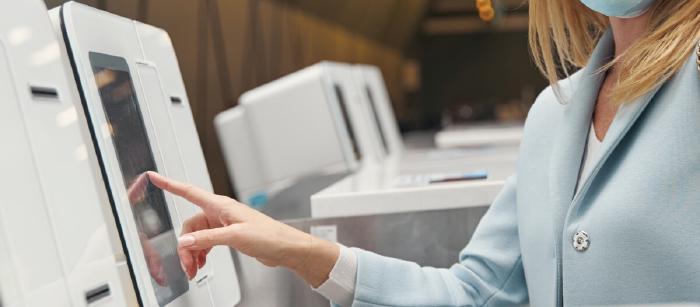
Jul 15 2022
8 min read
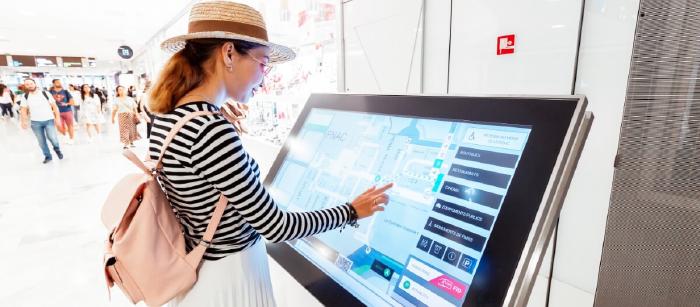
Jul 15 2022
10 min read